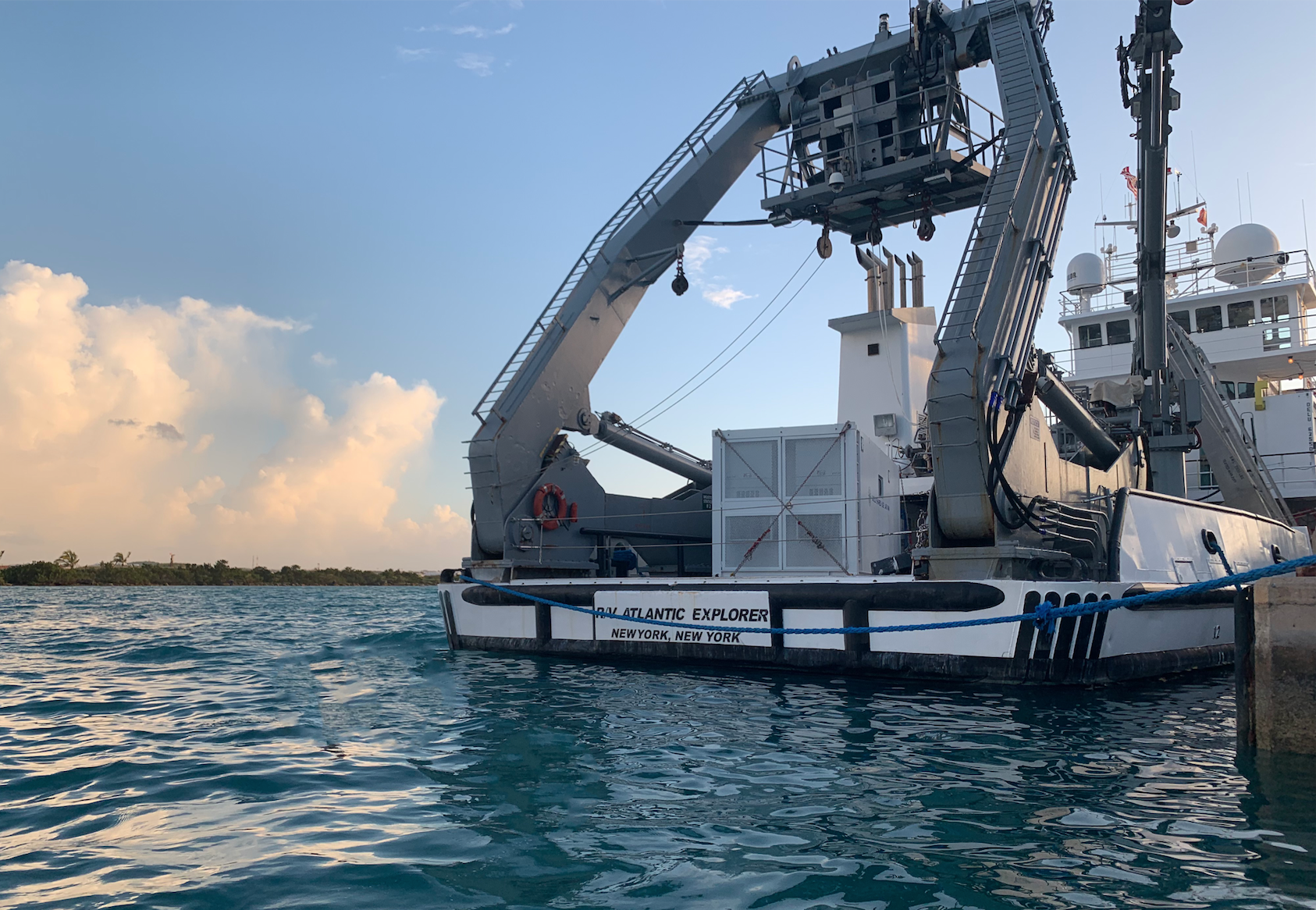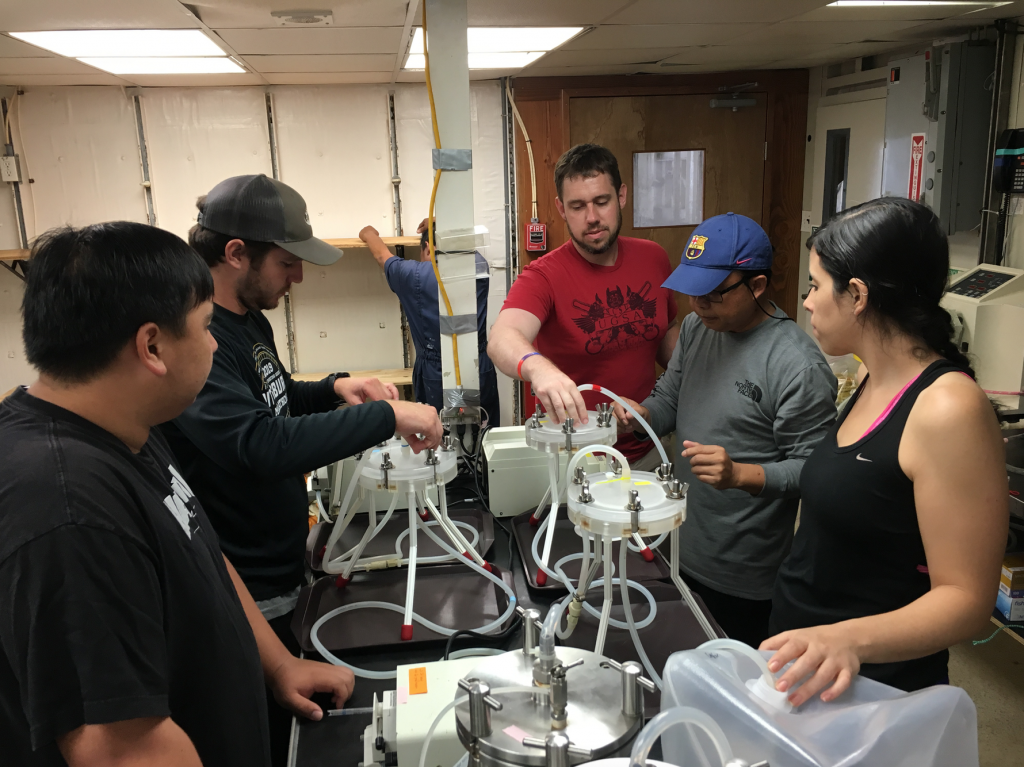Follow along as our scientists conduct research at sea
What does science at sea entail?

“Hey! I saw you’re down in Bermuda. Are you on vacation?”
“No, actually I’m here on a scientific research cruise.”
“Oh, a cruise? So still a vacation…”
___________________________________________________________
This is an interaction I’ve had more times than I can count since finding out I would be coming along on the R.V. Atlantic Explorer. All too often the scale of research cruise expeditions is undermined, simply due to a lack of understanding of the time, effort, and money that goes into planning and executing the trip.
Throughout the duration of this cruise, I’ll be giving you an inside look at what it’s really like to plan, organize, and conduct a scientific research expedition. Research cruises such as this one happen all over the world in all different scientific fields and require more planning and work than one might imagine. Many of these cruises are a 24/7 operation with scientists and researchers working around the clock to make the most of their time at sea and ensure they collect all the data they need.
Collecting forms from cruise participants, creating a water budget, and coordinating schedules are just a few of the things that chief scientist Michael Gonsior had to coordinate prior to embarking on the cruise. On top of the logistics of coordinating a cruise with 16 scientists, each scientist on the cruise had to ensure that they were bringing all the equipment they needed onto the boat. Unfortunately shipping to the middle of the Atlantic Ocean isn’t an available option yet in the case that a lab runs out of an essential tool.
Researchers either ship their research materials to the boat prior to departure or fly down with them in checked luggage. Planning is key, especially when you need chemicals that can’t be brought on planes to conduct your research.
Weeks in advance, the researchers calculate how much they think they will need of different chemicals and ship them down on a boat. They order extra tubing for their equipment, filters for their extractions, and any other lab equipment they anticipate using to pack in heavy-duty boxes for safe transport.
The planning, packing, and traveling is only the first part of the process. Once everyone arrives, scientific equipment in tote, the next step would be mobilization. Mobilization is the process of researchers setting up equipment in their laboratory from the shore to the ship. This is where all the tools, equipment and lab gear is unpacked and set up on the ship’s labs.
Cooperation and team work are imperative for getting the lab equipment properly set up, safely secured, and ready for use. With ropes and bolts, bottles and tubing is tied down to the bench, ready for any rocking the boat might experience.

After mobilization is complete, the labs are set and ready for water samples that will be brought up once the cruise begins. The researchers check, then double check to ensure the equipment works, nothing is missing, and that data collection will run as smooth as possible.
Once we head out to the sampling location BATS, the Bermuda Atlantic Time-Series, the research cruise becomes a 24/7 operation. Water samples will continuously be brought up and processed by each lab on board.
If you’re curious about what a day in the life on a scientific research cruise looks like, keep an eye out on this blog! It’s coming soon…
